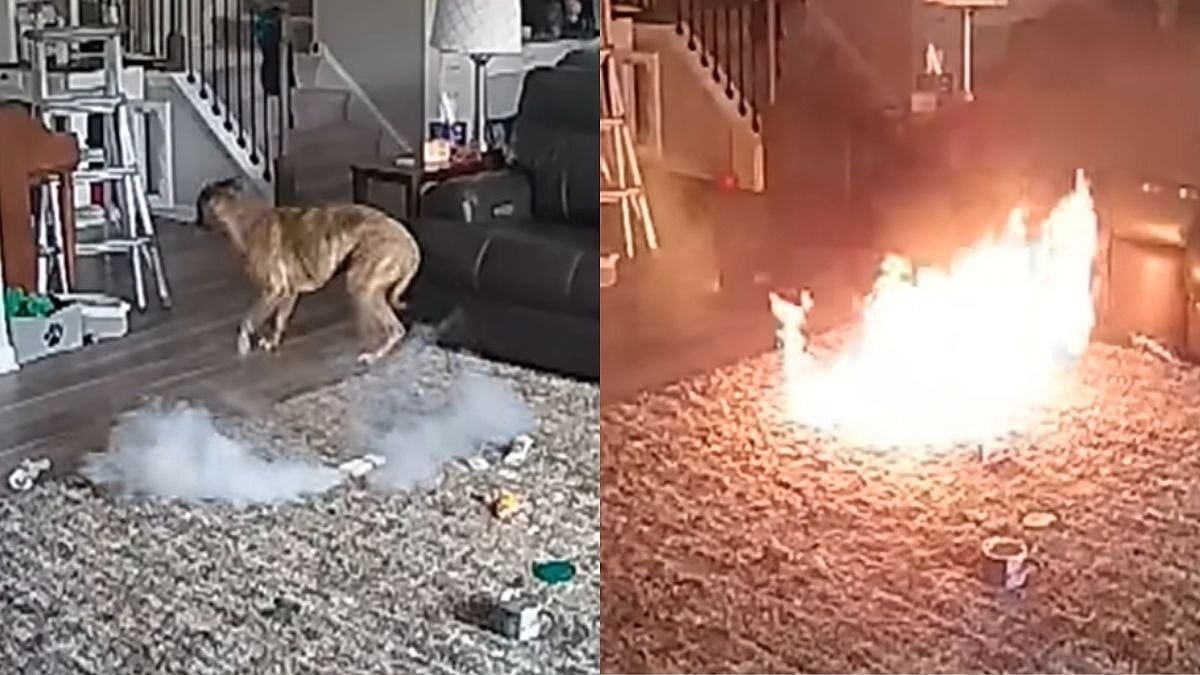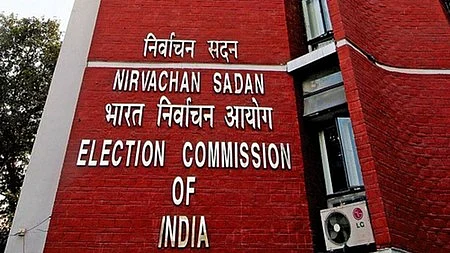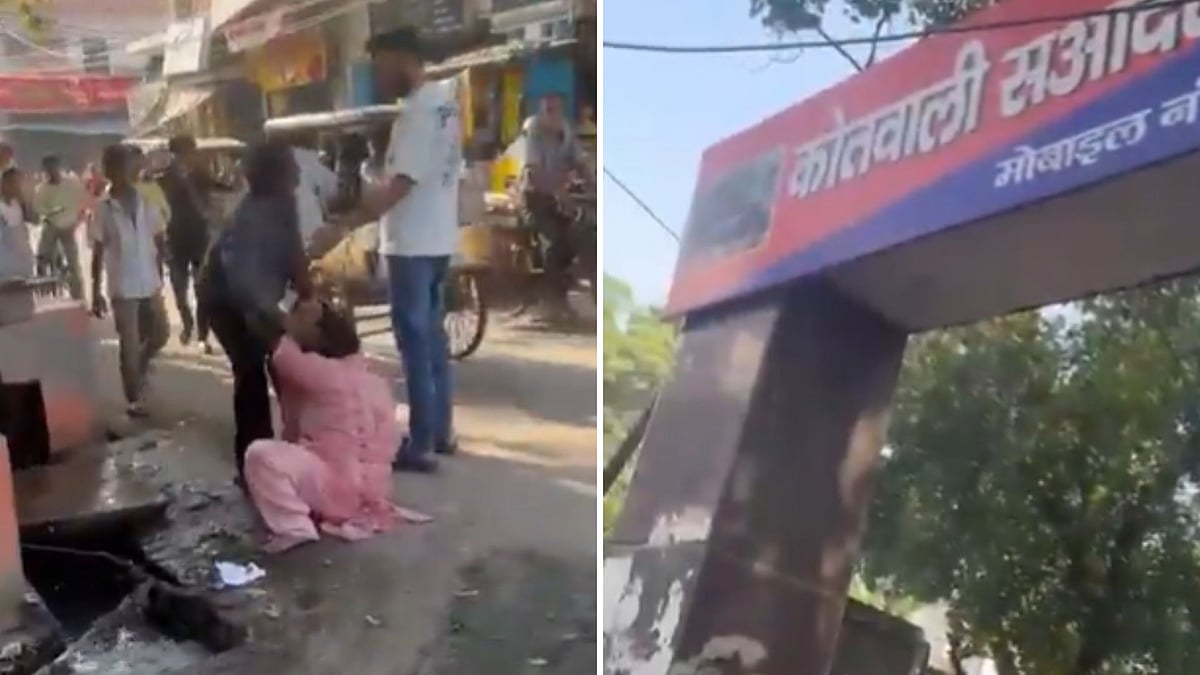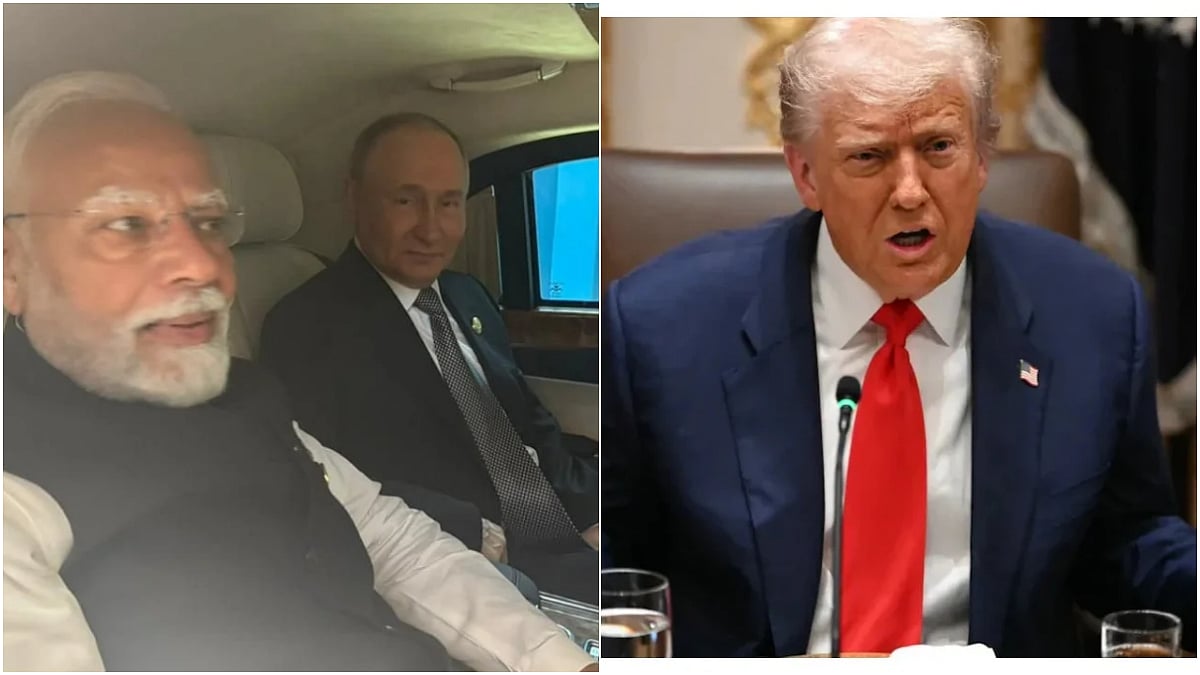The Central Railway (CR) has reported a notable 30% reduction in rail fractures during the current financial year compared to the previous year. According to senior officials, this positive trend can be attributed to continuous monitoring efforts and a substantial increase in Ultrasonic Flaw Detection (USFD) inspections.
77 fractures last year
Last year, from April to November 2022, CR documented a total of 77 incidents of rail fractures, prompting intensified safety measures. The senior officer emphasized that due to vigilance and rigorous inspections, the number of rail fractures and weld failures has seen a remarkable decline.
In the corresponding period of 2021, CR faced a more concerning scenario with 169 reported cases of rail fractures and weld failures. However, the concerted efforts to address these safety concerns resulted in a significant drop to 77 incidents in 2022 and a further reduction to 53 in the current financial year.
Authorities tested over 3600 welds in 1st week of Dec
Highlighting the recent monitoring initiative, authorities tested over 3600 welds in the first week of December alone, underscoring the commitment to ensuring the safety of railway tracks. Rail fractures and weld failures directly impact passenger safety. Any defect in the welds or cracks in the tracks can compromise the structural integrity of the railway system, posing potential risks to both passengers and railway operations.
Railway tracks, being made of metal, undergo wear and tear over time. Regular maintenance and timely replacement of worn-out tracks are essential to ensure the continued safety and efficiency of the railway network. "The term 'rail fracture' refers to cracks in the track, while 'weld failure' pertains to defects in the welds," said an official.
Attributing the decrease to continuous monitoring and an increased number of Ultrasonic Flaw Detection (USFD) inspections, Dr. Shivraj Manaspure, Chief Public Relations Officer of CR, emphasized the impact of these measures on reducing weld failures and rail fractures. "The focus on identifying potential issues in welds through extensive inspections has proven instrumental in curbing safety-related incidents," he said.











